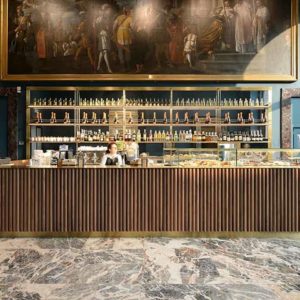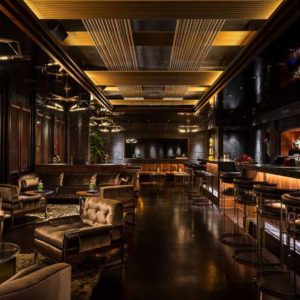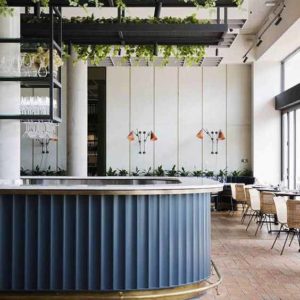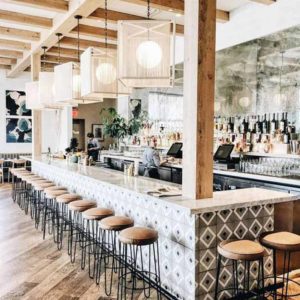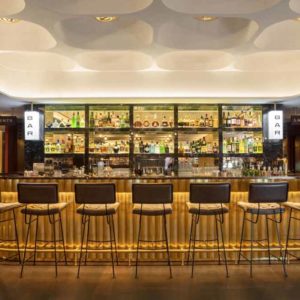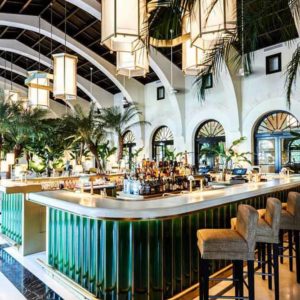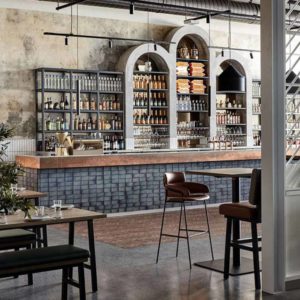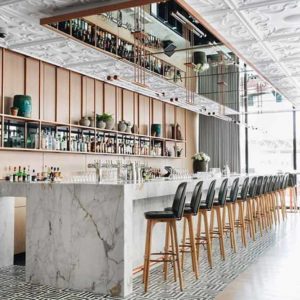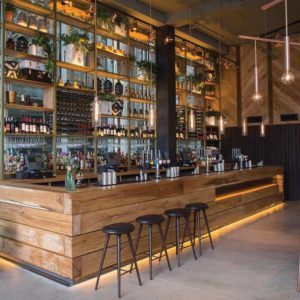Related Categories
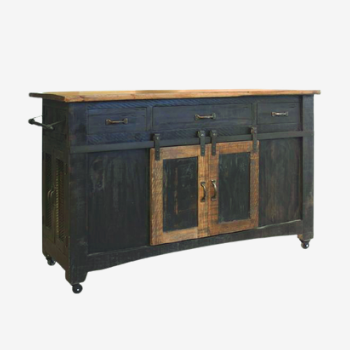
Outdoor Bar Counter
Both residential as well as commercial sized counters for outdoor patios, lawn areas, beachside resorts and restaurant outdoors
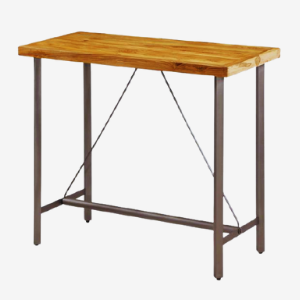
Counter Height Restaurant Tables
For pubs, bistros, cafes, restaurants and other commercial businesses, these counter height tables are customizable for tabletop and tablebase
Restaurant Counters: The Buying Process
Once you’ve selected your designs & submitted your contact details, our design consultant will get in touch with you via mail or via phone call depending on the contact preference you have mentioned. Once the discussions regarding the sizes, dimensions, and furniture types have been finalized, we will share a final quote with you, and once approved, we will put it into manufacturing.
We will show you through our wholesale industrial furniture collection & our custom manufactured distressed/shabby-chic collections as well. If you’re looking for something really exquisite, you can also check out our wholesale bone-inlay furniture materials that we use to construct bespoke restaurant bar counters
We will take care of the shipping, all you have to do is enlist a freight forwarder who will ensure customs clearance in your home country. All in all, we are looking at a turnaround time of about 30 days.
All our executives speak fluent English so communication will be an absolute breeze. So seize the opportunity of getting a completely customized bar counter for your restaurant today itself!
We’re Here to Assist
We’re here to help you assist in any supplier verification that you may require. Our manufacturing facility is ISO 9001 certified and we’re also an EU certified manufacturer. Feel free to check out our Google business listing and follow the address if you’re around. We’ll be glad to host you for a cup of tea.
Some Of Our Other Furniture Pieces To Pair Your Counters with
Since only a handful of our orders are solely based on bar counters and a typical container is loaded with different items that complement the counter quite well, here are a few of the product collections that you may be interested in.
1. Restaurants Bar Dining Tables
2. Restaurant Bar Dining Chairs
FurnitureRoots sells Reproduction Furniture in these Locations globally.
-
- .


